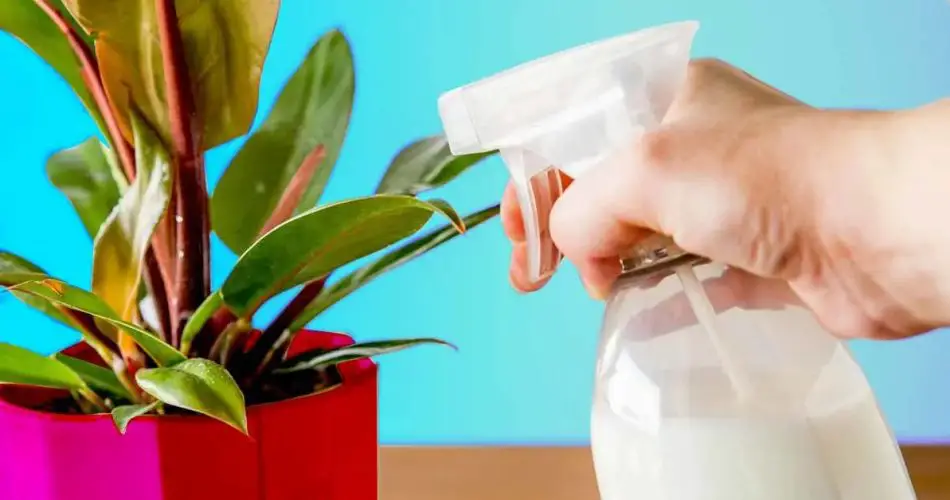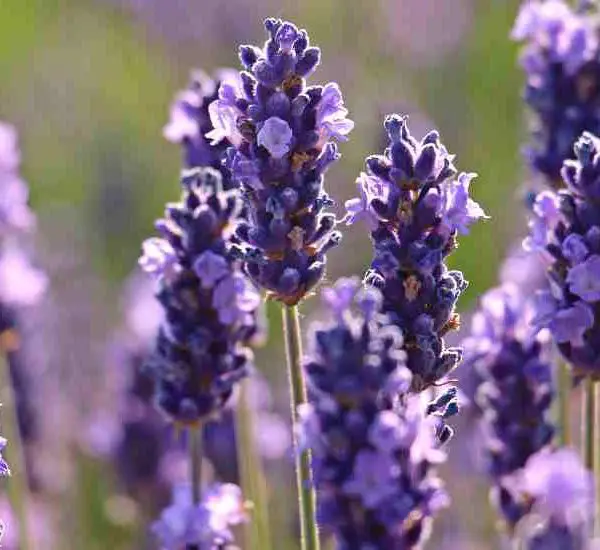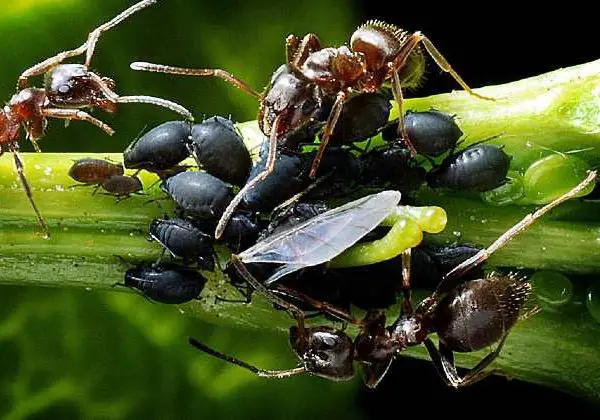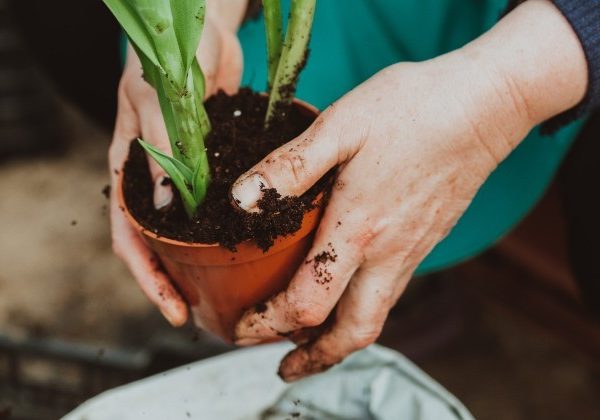Potassium is one of the three primary nutrients—along with nitrogen and phosphorus—essential for plant growth. While gardeners are familiar with using potassium chloride as a fertilizer for their outdoor plants, it’s equally important to remember that houseplants also need potassium for optimal health and growth.
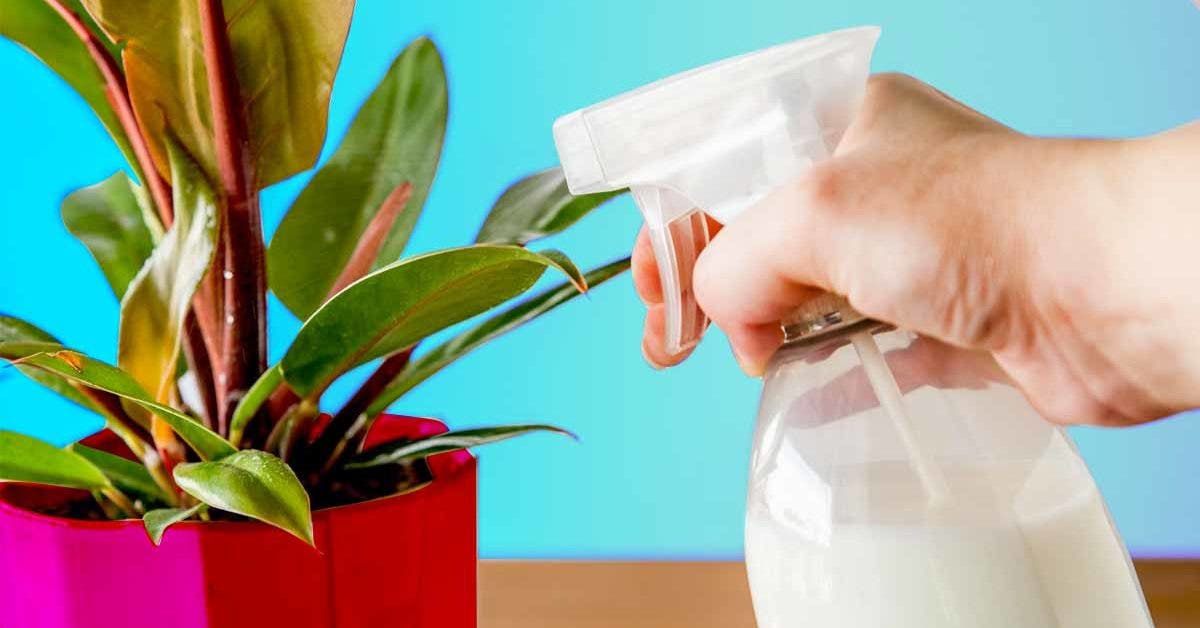
Potassium chloride is a highly effective fertilizer that helps support several vital plant processes. In this guide, we’ll explore how you can use potassium chloride to encourage healthy growth, vibrant flowering, and improved plant resilience.
What is Potassium Chloride?
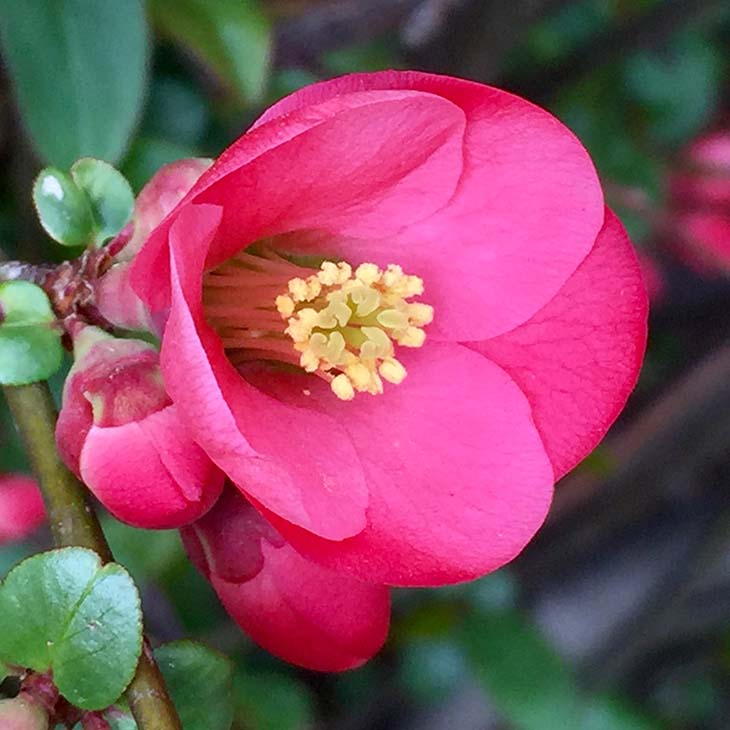
Potassium chloride is a compound that provides plants with potassium, one of the essential macronutrients for growth. In nature, potassium is often found in the soil in the form of salts, such as nitrates, sulfates, and chlorides. These potassium-rich compounds are critical for several functions within the plant, including:
- Water absorption and retention
- Photosynthesis
- Enzymatic activity
- Synthesis of sugars used as food by the plant
- Improved resistance to diseases, pests, and fungi
Potassium also plays a major role in flowering, fruiting, and overall plant health. It is particularly useful in enhancing flowering and boosting fruit yields. Many foods rich in potassium, such as bananas, tomatoes, and potatoes, are products of plants that have received adequate amounts of this essential nutrient.
Using Potassium Chloride in the Garden
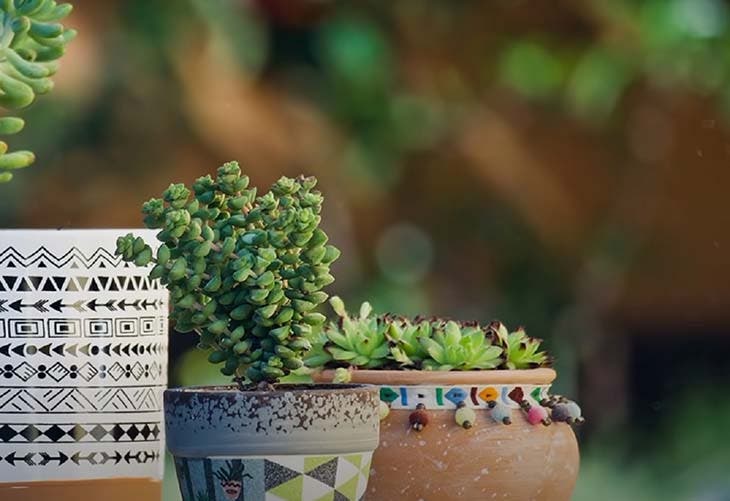
Potassium chloride is most commonly used in garden soil, but it’s important to understand when and how to use it to avoid harming your plants.
When to Use Potassium Chloride:
- Soil pH Consideration
Potassium chloride is best suited for alkaline soils, as it raises the pH of the soil. If you have acid-loving plants like hydrangeas, azaleas, or rhododendrons, avoid using potassium chloride, as it can disrupt their optimal growing conditions. For other plants, especially those grown for flowers or fruit, potassium chloride can help encourage a bountiful harvest and vibrant blooms. - Potassium Deficiency
Before applying potassium chloride, it’s a good idea to test your soil for a potassium deficiency. If your soil is already rich in potassium, adding more may be unnecessary and could harm your plants.
How to Apply Potassium Chloride:
- In the garden, mix potassium chloride into the soil. For most plants, 10 granules per plant is enough to meet their needs. Overuse can lead to salt accumulation, which can harm plant roots.
- If your soil is sandy, you may need to apply compost or other organic matter regularly to improve fertility, as sandy soils tend to lack potassium and organic material.
Composting and Other Sources of Potassium:
To supplement potassium levels, consider adding wood ash or seaweed to your compost. Manure is another useful source of potassium, but be cautious, as it is a potent fertilizer that can burn plant roots if used in excess. Green sand is also a great option for providing potassium without overwhelming the soil.
Using Potassium Chloride for Indoor Plants
Potassium chloride can be used on houseplants as well, though it should be applied sparingly. Here’s how:
- Dilution
Mix ½ teaspoon of potassium chloride in 3 liters of water. Use this mixture to water your indoor plants, which will help stimulate flowering, root growth, and disease resistance. - Frequency
Potassium chloride should only be applied to houseplants twice a year, or whenever you notice that your plants are shrinking, covered in spots, or showing deformation in their stems or leaves. Too much potassium can lead to nutrient imbalances, particularly magnesium or calcium deficiencies. - Post-Harvest Care
After your plants have flowered or fruited, applying potassium chloride can help them recover and prepare for the next growing cycle.
Caution: Use Potassium Chloride with Care
While potassium chloride is not toxic, overuse can lead to nutrient imbalances, particularly magnesium or calcium deficiencies. Always monitor your plants for signs of stress, and consider testing your soil regularly to ensure you are applying the appropriate amount of potassium for your plant’s needs.
- Excess potassium can accumulate as salt in the soil, potentially damaging the roots of your plants.
- In sandy soils, potassium chloride may need to be applied more frequently, as these soils tend to leach out nutrients quickly.
Conclusion
Using potassium chloride as a fertilizer is a simple and effective way to enhance the health, growth, and flowering of your plants. Whether you’re growing indoor plants or working on a garden with flowering shrubs or fruit-bearing plants, this compound can provide the boost your plants need to thrive.
By understanding how to apply potassium chloride in the right amounts and at the right times, you can help your plants achieve lush, vibrant growth and a productive harvest. Always remember to monitor your plants and the soil to ensure they are receiving the proper balance of nutrients for optimal health.
